Of bulas and bull sharks
FIJI – Gasping for air is funny business when you’re on compressed air underwater — you have to do it with your mouth closed, while trying not to swallow the regulator. It’s tough enough remembering there’s a regulator in your mouth when you are staring at not one or two, but 45 hungry bull sharks swimming and darting around within spitting distance in front of you. You find yourself wide-eyed, awestruck, frozen. At this moment, you gasp — it is about the only bodily action that hasn’t lost its ability.
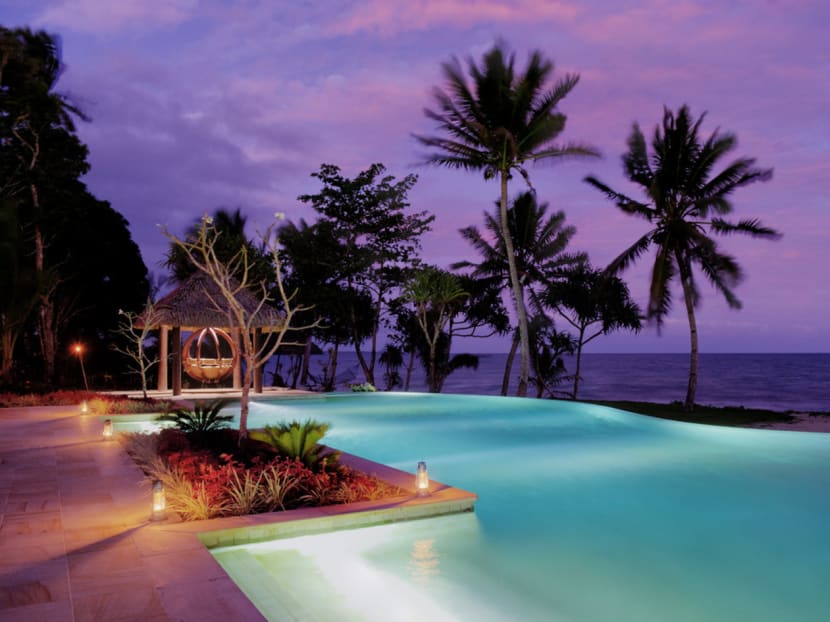
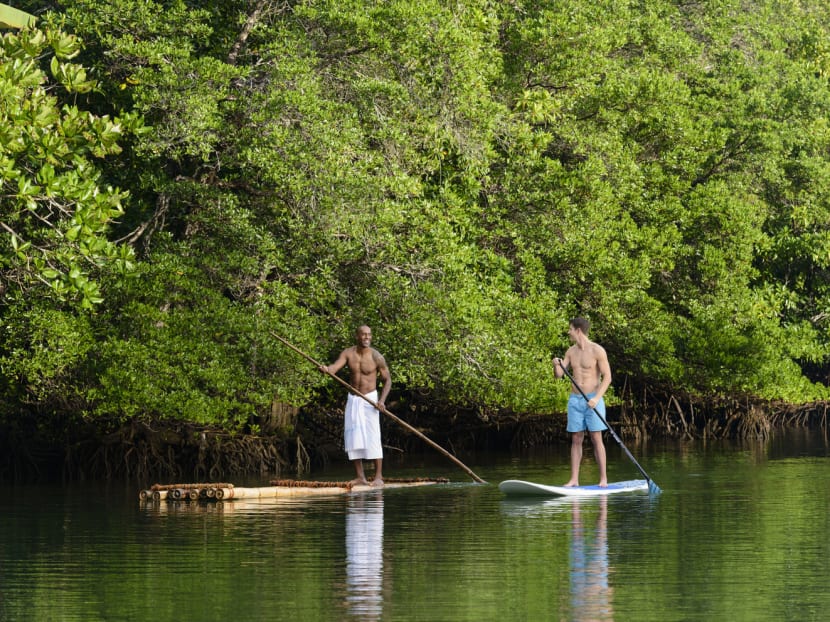
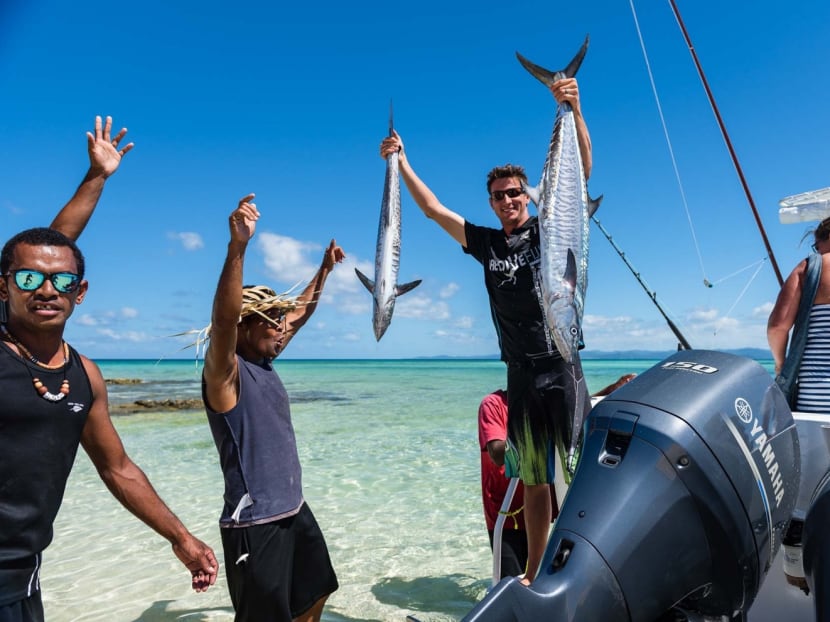
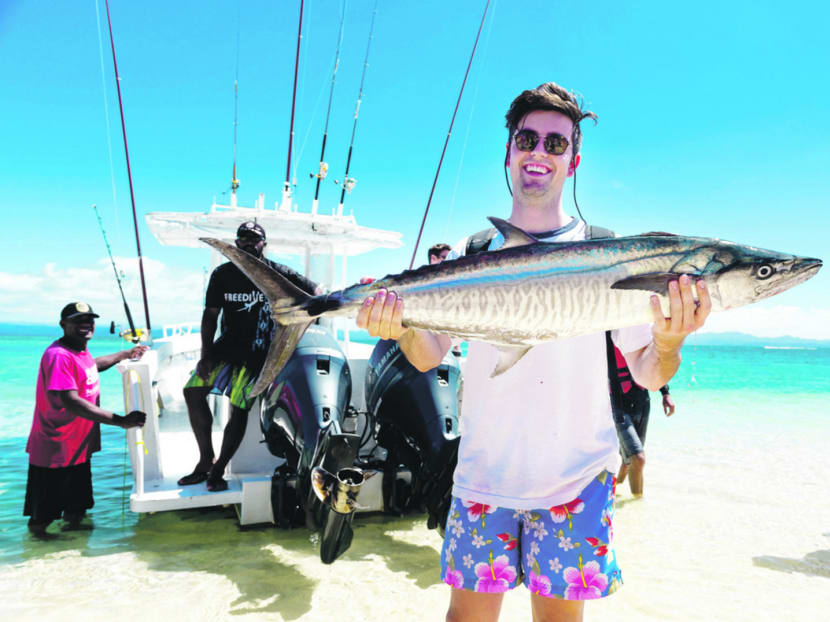
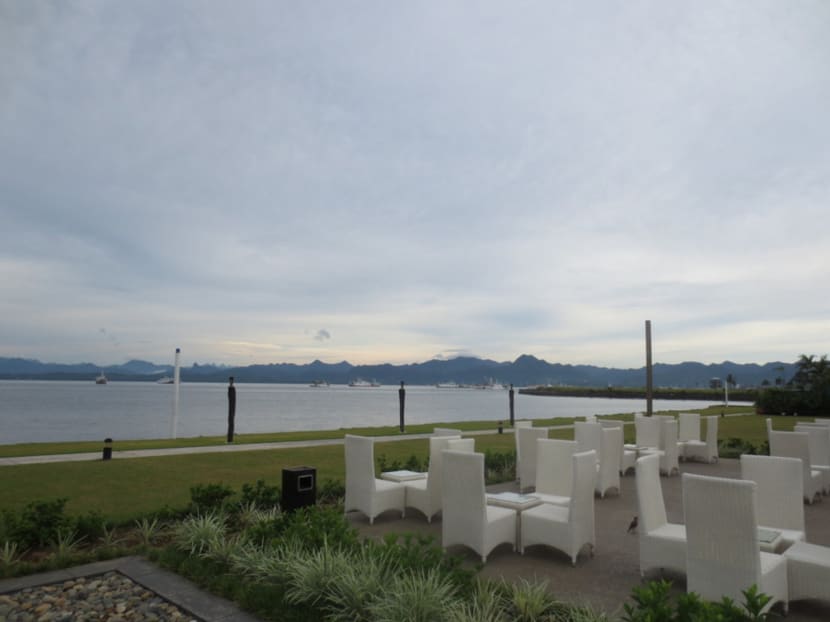
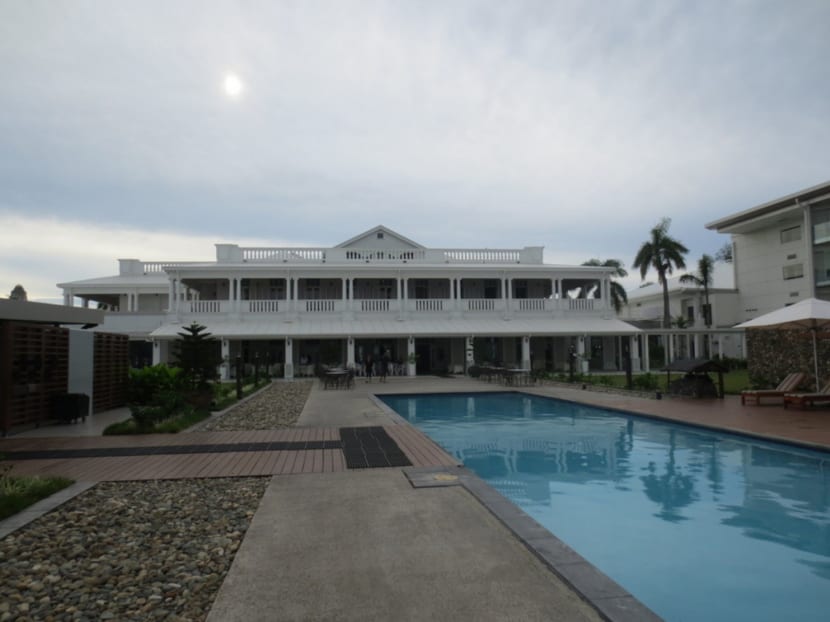
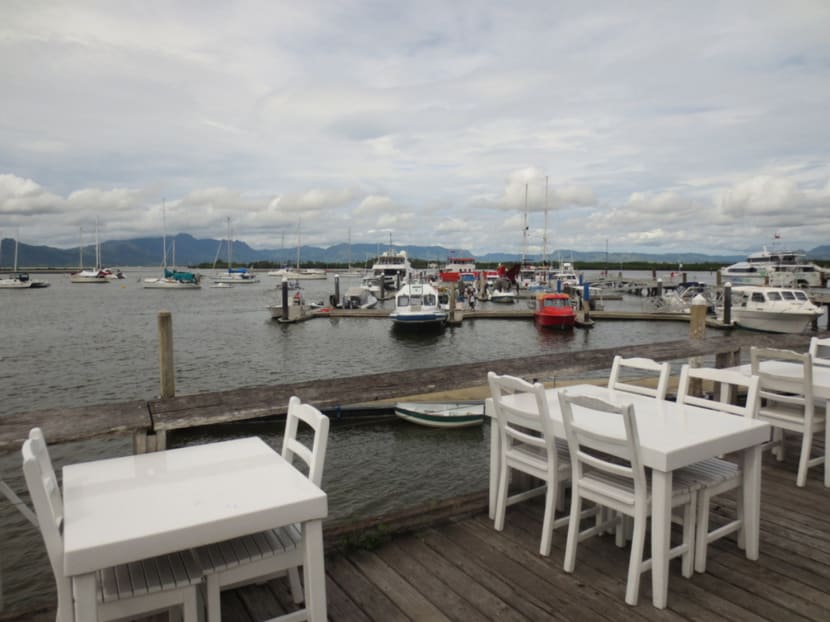
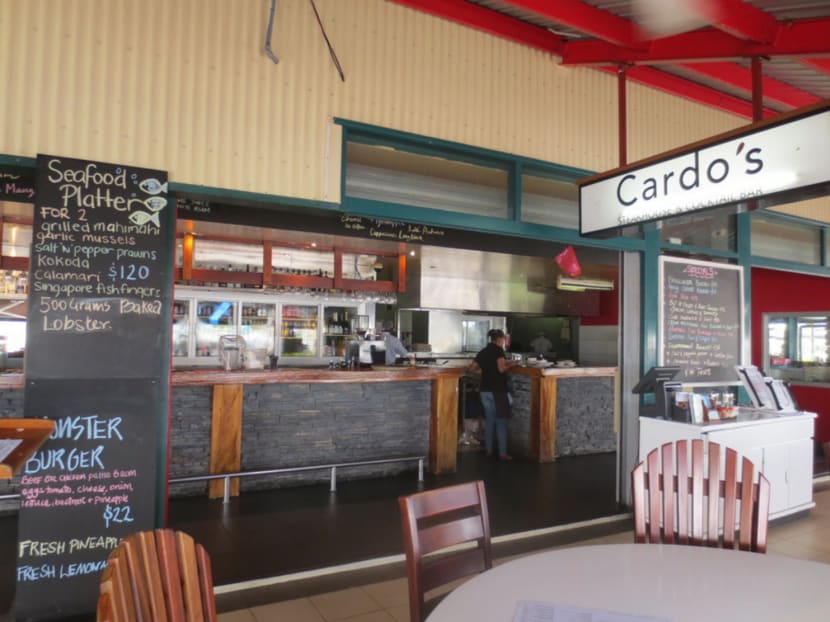
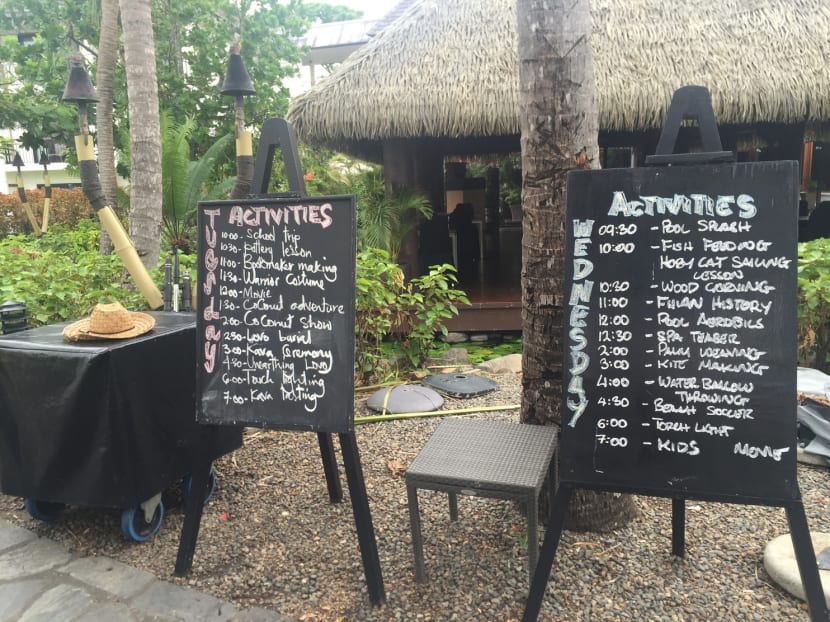
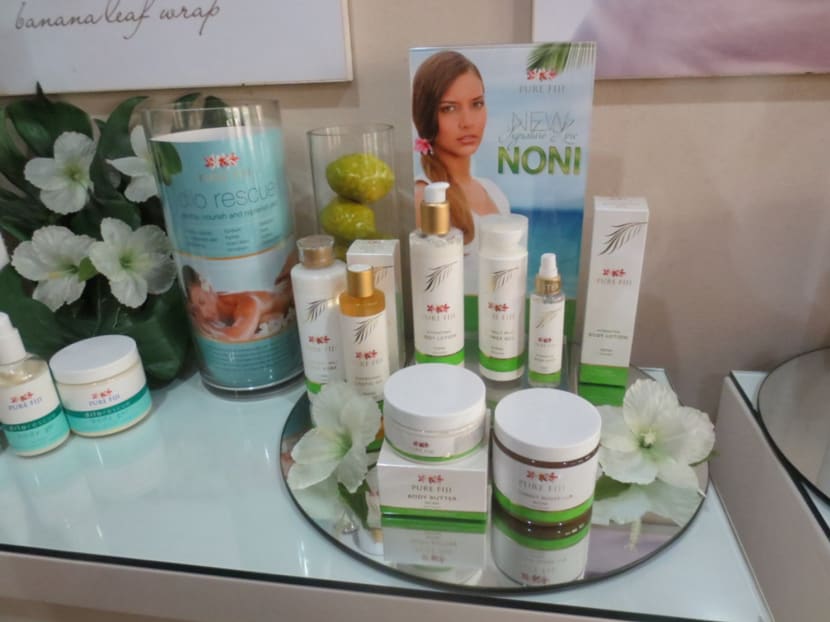
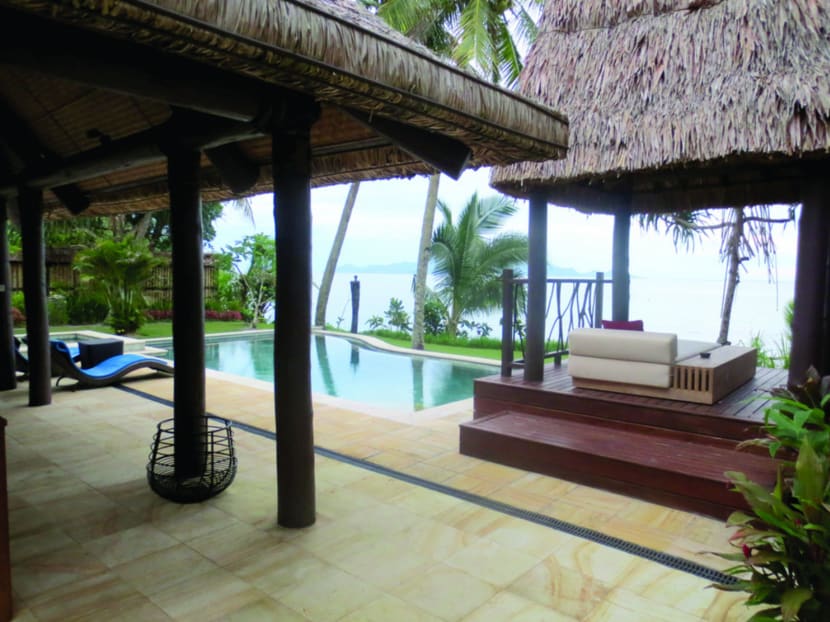
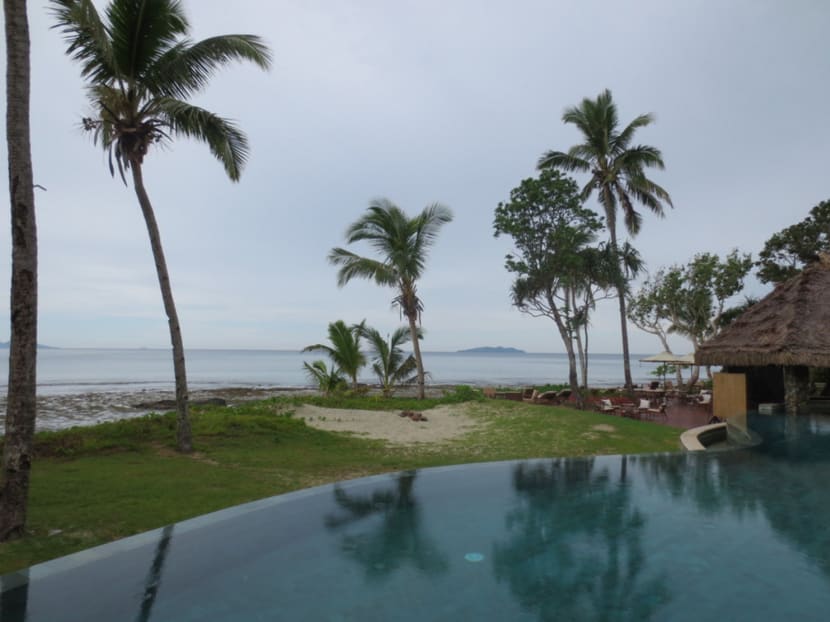
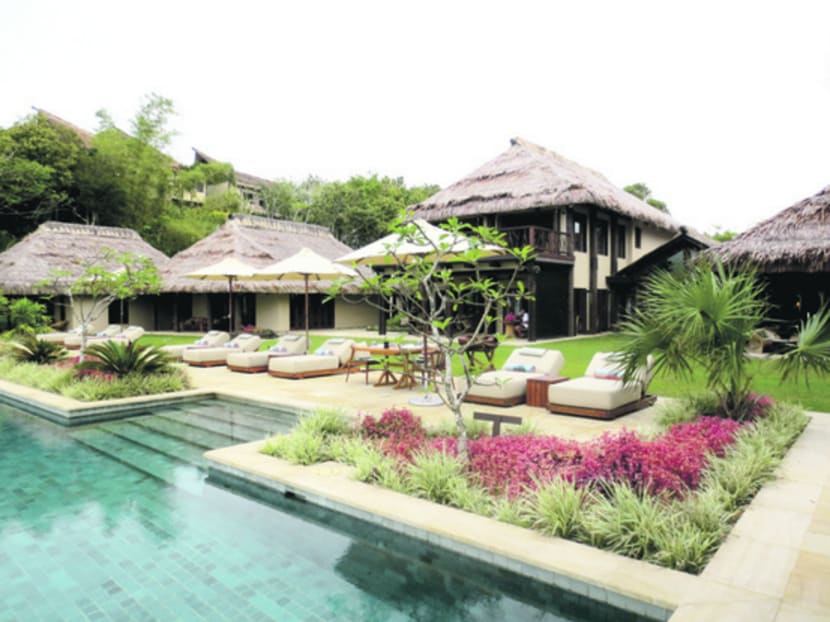
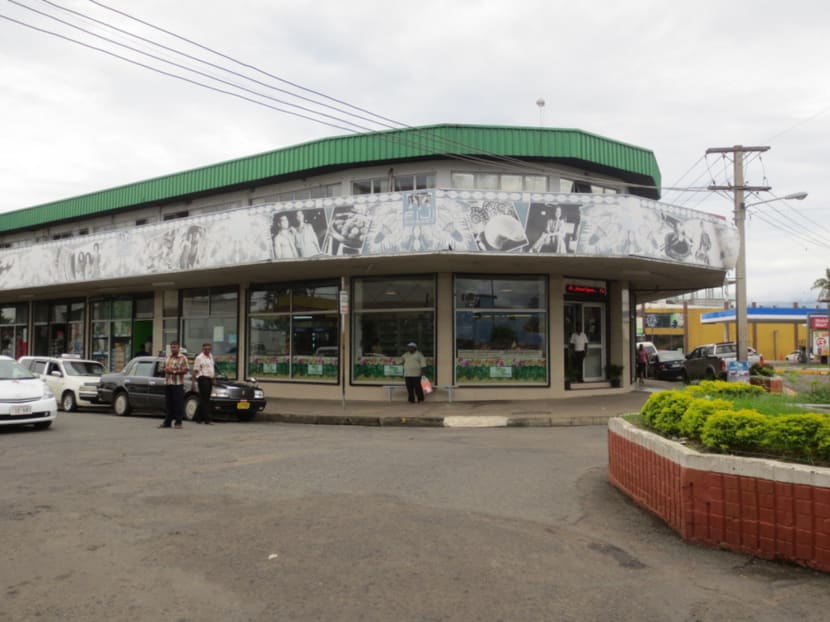
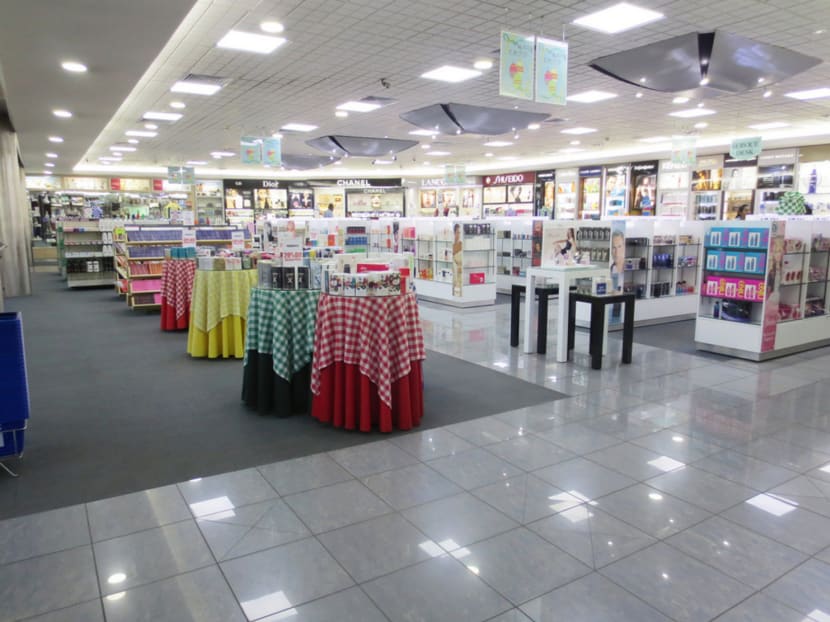
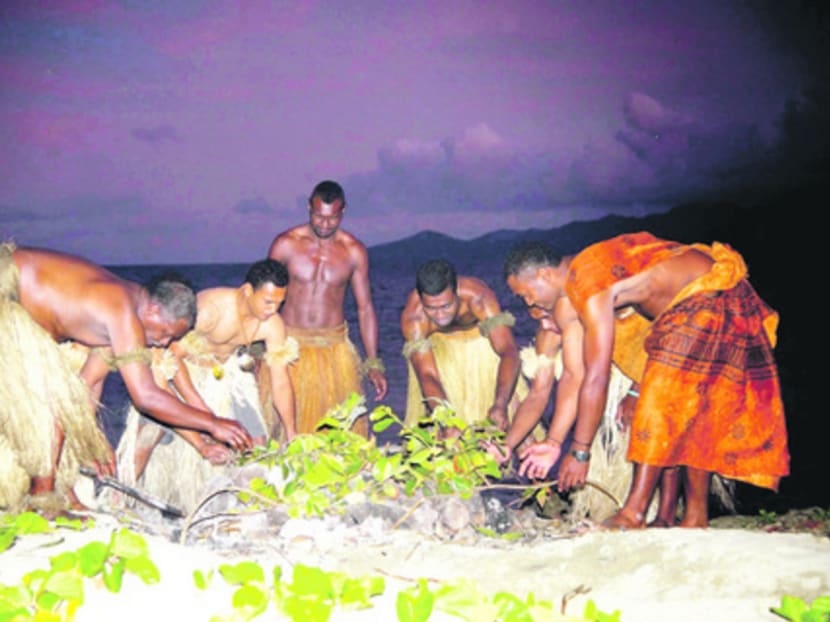
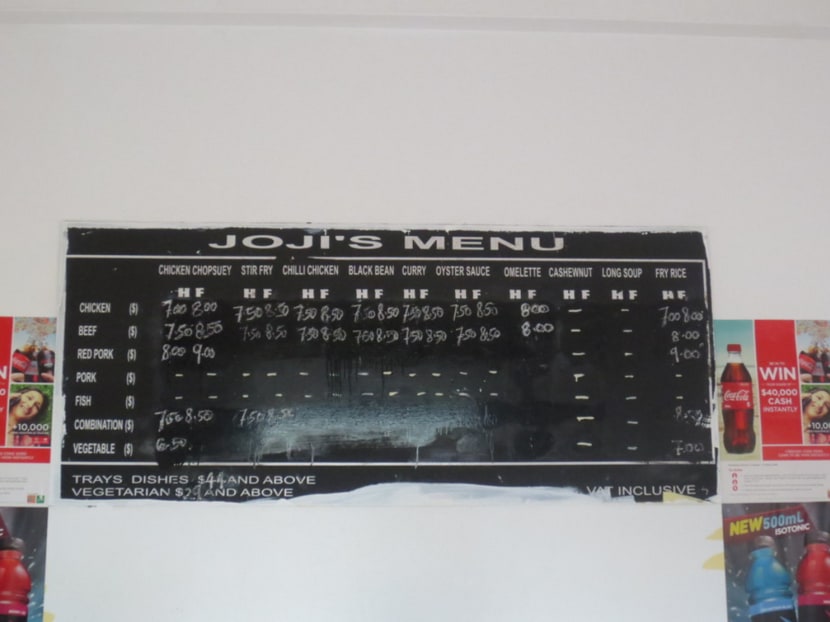
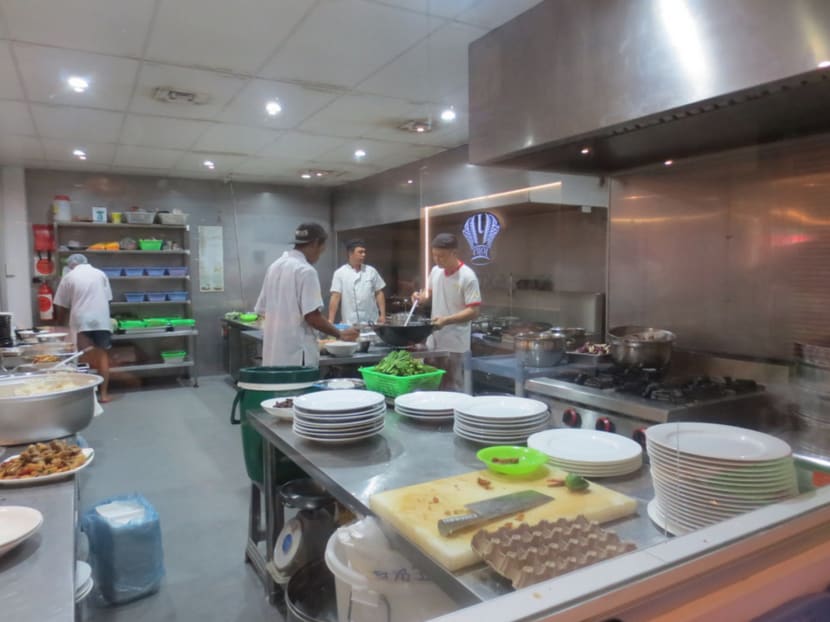
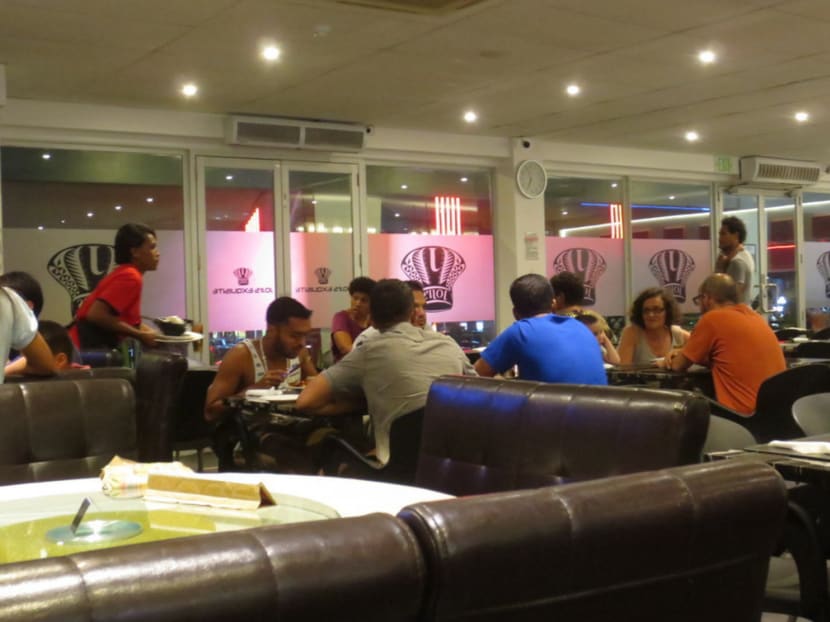
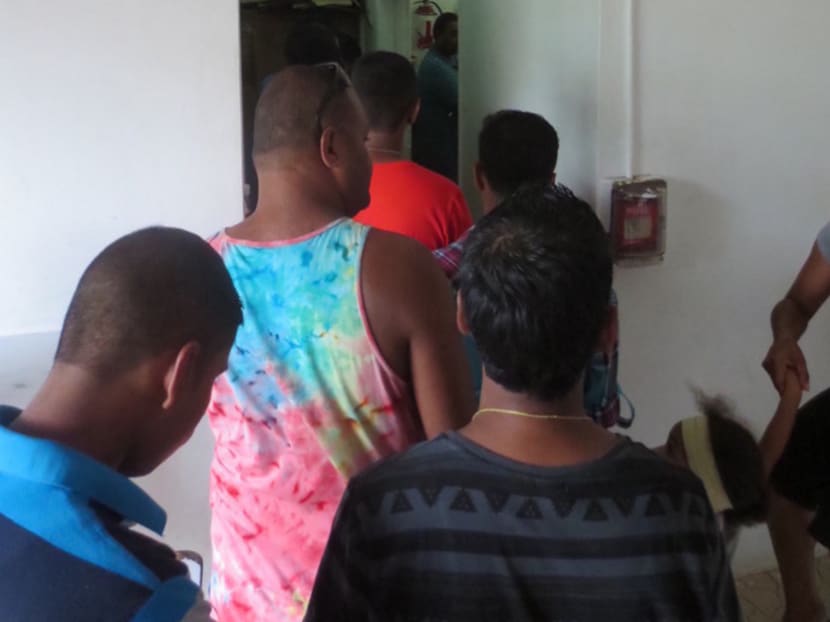
FIJI – Gasping for air is funny business when you’re on compressed air underwater — you have to do it with your mouth closed, while trying not to swallow the regulator. It’s tough enough remembering there’s a regulator in your mouth when you are staring at not one or two, but 45 hungry bull sharks swimming and darting around within spitting distance in front of you. You find yourself wide-eyed, awestruck, frozen. At this moment, you gasp — it is about the only bodily action that hasn’t lost its ability.
Welcome to the world of shark diving.
Now, the idea of plunging right into a swirling throng of predators, uncaged, would sound suicidal to many. However, experienced divers know better: Most sharks don’t attack humans. Of course, “most” is the operative word here.
There are certain species that are more aggressive and possess predatory instincts honed over a millennia, and these don’t mind taking a nip. Examples include the great white shark, the hammerhead, the bull shark and the tiger shark. The latter two are among the highlights of the famous Fiji Shark Dive at the rigorously protected Shark Reef Marine Reserve.
Housed in the Beqa Lagoon along the south coast of Viti Levu — Fiji’s main and most populated island — the marine reserve is managed by Beqa Adventure Divers, which has also been organising shark dives since 2004. Once we descended to the prescribed depth, our guides made us wait behind a possibly man-made rock wall. Then, the guides went to work: One of them opened a huge receptacle containing chunks of tuna heads, causing the blue in front of us to turn into a messy screen of grey and white.
That was when the sharks appeared. The biggest bull shark looked the longer side of 5m and the rest were well over 2m from nose to tail. Seeing these killing machines in the flesh is enough to send chills down one’s spine. Seeing a school of them in a fin-slapping frenzy an arm’s length away was simply spellbinding.
SMILING IN THE FACE OF DISASTER
I must admit I didn’t know much about the country before I left for Fiji. I knew it was somewhere in the South Pacific, had great diving spots, and was the source of Fiji water (S$3.35 for a litre in Singapore, FJ$2.30 in Fiji). I knew Fijians were famous for their prowess in rugby and, of course, their most popular golfing export, Vijay Singh.
But, of course, there is more to Fiji. And thanks to Fiji Airways’ twice-weekly direct flights to Nadi, discovering these first-hand is now a lot easier.
Aside from shark diving, adventure seekers can go for a thrilling jet boat ride up the Nadi river inlet, join a white-water rafting trip in the Pacific Harbour, or go parasailing for a great view of Denarau and the surrounding islands. Golf enthusiasts will be spoilt for choice: The Natadola Bay Championship Golf Course is one of Fiji’s best, offering spectacular views of the Pacific Ocean. (For a short game, head to the nine-hole course at Novotel Nadi Executive Golf Course.) The one thing that stuck with me from the trip though was that everybody seems so happy — all the time. From the moment Rosie Holidays, the main tour services provider, greeted me at the airport with a super enthusiastic “Bula” (“hello” in Fijian), to the minute I boarded my flight back to Singapore, I don’t think I saw one stressed or frowny face.
Even random strangers will greet you with a hearty “bula” and a big grin. That’s pretty amazing for a country that was hit by multiple coups and most recently, in February, a monster of a cyclone that left entire villages flattened, 44 people dead and thousands still homeless.
“Some places look like a bomb had dropped,” Fiji’s Minister for Industry, Trade and Tourism Faiyaz Siddiq Koya told me, as he recounted visiting more than 1,900 families in the wake of Cyclone Winston. “But we’re a resilient people ... We were rated the happiest people in the world. Our slogan for Fiji is ‘where happiness finds you’. Regardless of (the) destruction, regardless of cyclone, most people are always happy here.”
The happy nature of the Fijians was also evident in every resort we visited, be it at the Hilton or Sofitel on Denarau, a gated community which boasts eight large resorts, an 18-hole championship golf course and private homes with their own jetties, or the Grand Pacific Hotel in Suva, which reminded me of the Fullerton in Singapore.
Denarau is about a 20-minute drive from Nadi International Airport, while Suva, the capital city of Fiji, is either a 30-minute flight or three-hour drive from Nadi.
But for the ultimate luxury escape, stay at the Nanuku Auberge Resort at Pacific Harbour, Fiji’s adventure capital and home to the famous Fiji Shark Dive.
The Nanuku Auberge is truly in a class of its own. The exclusive resort has only 18 suite and villa accommodations, and everybody greets you by name. The double-storey hut I stayed in — the beachfront grand pool villa — had a grand 5,000 sqf of space inside and 3,800 sqf of outdoor space complete with a private pool and hot Jacuzzi tub, as well as a separate cinema/media hut and direct access to the beach. Every villa also comes with a personal golf buggy.
On arrival, each guest is given an elaborate warrior dance welcome. You also have an assigned “villa mama and buddy” to look after your every need, including taking you out for activities. Parents with young kids can also leave them with the in-house nanny who will keep them occupied and safe.
FOODIE HEAVEN
A less demanding way to experience Fiji is through its culinary delights. Denarau is where you should make a trip to The Rhum-Ba at the Denarau Yacht Club for their seafood and the incredible view of the marina. Co-owned by Fijian resident Michael Dennis, The Rhum-Ba serves up a very refreshing Kokoda (a Fijian-style marinated raw fish starter that’s “cooked” in lemon juice) as well as a perfectly cooked seared tuna and some pretty sinful brownie and mud pie. Cardo’s Steakhouse — one of Fiji’s longest serving restaurants — is also a great bet for seafood and steak (try the seafood platter for two, which gives you a bite of everything from fish to mussels and lobster).
Early risers in need of a coffee fix and hearty breakfast will want to head to Taste Fiji in Nadi. Owned by Lee and Louise Acreman, the restaurant — which opens at 6.30am — uses predominantly local ingredients, importing only about 5 to 10 per cent of items. A tip: Do not leave without trying their donuts.
If you find yourself in Suva, do yourself a favour and head straight to any one of Joji’s five eateries. I had made it my mission to hunt down a restaurant owned by a Singaporean in Fiji and, as it turned out, Joji’s is owned by 42-year-old Larry Tan, who has lived in Fiji for 15 years.
Popular for its chilli chicken stir-fry (there’s even a video on YouTube showcasing this dish), the original shop is a very nondescript hole-in-a-wall takeaway joint. There’s no identifying signboard in front; however, you know you’re there because there is always a long queue throughout the day.
“It’s the taste and the fact that they cook it right in front of you ... and it’s cheap. You can’t go wrong with that,” said Angie, my companion from Fiji Airways. “The chilli chicken with noodles is the best. As someone who loves chili and spicy things, this dish hits the spot every time.”
TAKING HOME A PIECE OF FIJI
It has to be said that if you’re a shopaholic, you might be a little disappointed by what Fiji has to offer in terms of luxe brands. If you’re looking to score a Prada, Gucci or Louis Vuitton — don’t. If you’re looking for street shopping a la Bali’s Seminyak — don’t.
Fiji isn’t a place for heavy-duty shopping, nor does it aspire to be. That is not to say there isn’t any shopping at all. It has quite a selection of souvenirs that you can purchase, including wood carvings, pottery and handicraft, including woven goods. There is also handmade jewellery made with pearls, shells and corals. If you’re into Ugg boots, you can get them custom made there.
But what got the city girl in me really excited was Pure Fiji, a range of spa products that uses Fijian plant extracts. It can be found almost everywhere — at Nadi airport, most hotels, Prouds and Jack’s of Fiji stores, and, most importantly, for bargain hunters, at their factory outlet in Suva.
Every Saturday between 10am and 1pm, droves of locals and expats throng the manufacturing facility, snapping up sugar rubs, shower gels, lotions and other beauty products at a steal. On the day of my visit, I bought a 457ml tub of Pure Fiji orange blossom sugar rub for FJ$28.50 (S$18) and a 265ml bottle of shower gel for FJ$13.25. (The sugar rub I bought was 25 per cent cheaper than those at stores in town.)
Two weeks after returning from the trip, the thing that has stayed with me most is really, as cliché as it sounds, the warmth of the people. Frankly, you can get the beaches, the resorts and the activities elsewhere in the world. But what can’t be replicated, and what I really think is the selling point of Fiji, is the Fijian hospitality and the ability of the Fijian people to connect to the visitors. That’s unparalleled.
Fiji Fun Facts
1. KAVA. I never did get the chance to try this traditional drink, which is made from the root of a pepper plant and is said to have calming, sedative-like properties. Drink too much of it, though, and you won’t be able to feel your tongue.
2. LANGUAGE. Everybody speaks English in Fiji, but there are some idiosyncrasies. The letter “d” is pronounced “nd”, so Nadi would be pronounced “Nandi”, while the raw fish dish Kokoda would be pronounced “kokonda”. Similarly for the letter “q”, which is pronounced “ng”. So the shark dive site at Beqa Island would pronounced “Benga”.
3. ISLANDS GALORE. Fiji is made up of 333 tropical islands, with less than 900,000 people spread across 18,000 sq km of land, about 25 times the size of Singapore.
4. SINGAPOREAN TOURISTS. 649 visitors from Singapore arrived on Fiji’s shores last year, a 3.8 per cent increase from 625 in 2014.
5. PILLARS OF THE CHURCH. Methodists make up the largest Christian denomination in Fiji. The Methodist Church is also the third-largest land owner in the country.
Fiji Airways began twice-weekly direct flights between Fiji and Singapore on April 5. The 10-hr flights leave from Nadi International Airport on Tuesdays and Fridays, and from Singapore on Wednesdays and Saturdays.
Fiji is four hours ahead of Singapore. The exchange rate is about S$1 to FJ$1.50





